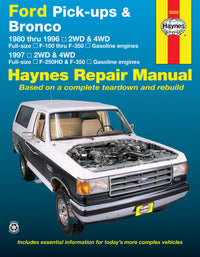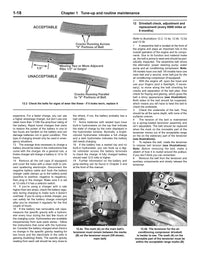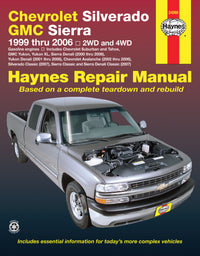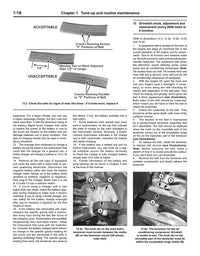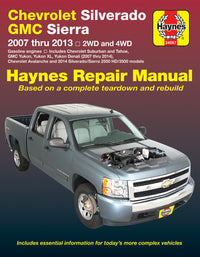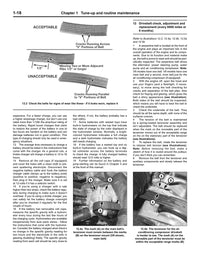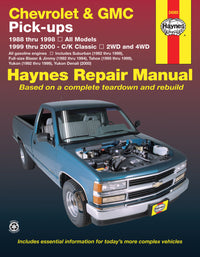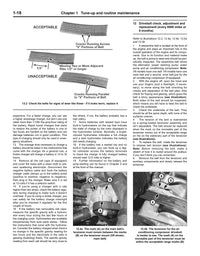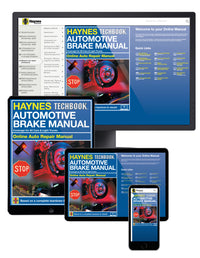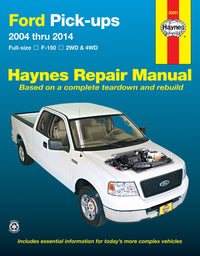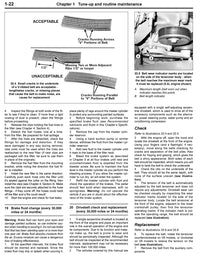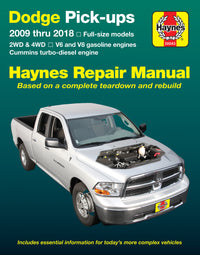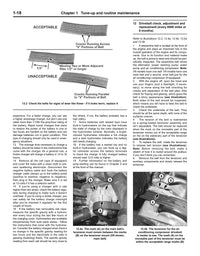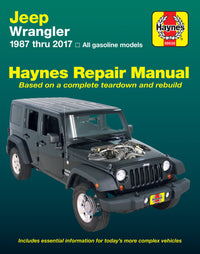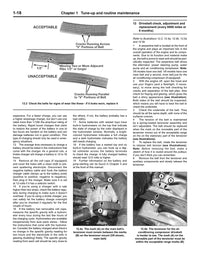Considering working on your car, but need to know how best to work underneath is safely? We show you your options.
IMPORTANT BIT
Before jacking up your car always make sure that you're doing so on solid, level ground. Never gravel, or earth/dirt, and never on a slope!
If the ground is not solid don't think that putting some wood under the jack will suffice.
Always be safe - having a car fall on you is the last thing you want! Also never prop the car up on bricks, breeze blocks or similar – they can crack and fail without warning

Jack
While the jack that comes with your car is fine for changing a wheel at the side of the road in an emergency it's not to be trusted if you want to work under your car.
They're not the most stable things in the world – and while they will work as they should when you swap the spare tyre, they're liable to tip up if you get underneath the car and start swinging on the spanners! So – always get a jack that's up to the job.
All jacks come with weight limit – and while you always want a safety margin it is safe, for example, for a 2-ton jack to lift a 2.5 ton car – as you're not lifting the entire weight of the car at any one time.
Jacks come in different varieties, with some offering low entry (for very low cars) and high lift capabilities.
Bear in mind that a big jack is quite a hefty piece of equipment, if you're going to have to lug it from your shed to where you keep your car you may want to consider a smaller jack – albeit one still capable of lifting your car safely. Never solely rely on the jack to support the car if working under, or near the car.
While the standard issue jack will fit neatly into prescribed jacking points, it may make sense to site a trolley jack somewhere else, as you can cause damage to the sill otherwise.
Check your handbook for safe jacking points and never lift the car by putting the jack under the engine, gearbox, or any plastic undertray. Ideally use a chassis rail, subframe or suspension mounting point.

Wheel Chocks
It's common sense to have a pair of wheel chocks to hand. These can be bought, or made from sturdy wood. These should act as a failsafe, rather than actually bear any weight and should always be placed under any wheels that aren't elevated.
Obviously you can also apply the handbrake, and leave the car in gear for extra protection.

Axle Stands
Once you've got the car to the desired height it's time to place your axle stands. Despite the name they don't have to be placed underneath the axles – but under somewhere strong that can withstand the weight of the car, as with the jacking points.
Once in position raise the stands to the correct height (ensuring that the locking pin/lever is in the correct place, then slowly lower the jack so the weight of the car is resting on the stand/s.
You can keep the jack under there to be on the safe side, but make sure it's not unbalancing the car in any way, or fighting against the stands.
Before you get under the car give it a good shove – if it moves – you need to mount the stands somewhere else.
If while working under the car you remove the wheels, it's never a bad idea to put them under the car as an extra safety measure.

Car Ramps
Quicker and easier to use than a jack, ramps enable you to get under your car quickly and safely. Always get ramps which can take the weight of your car, always leave the handbrake on/car in gear AND chock the wheels.
Some cars struggle to get up ramps if they have low ground clearance, but low entry ramps are available. If you find that the car simply pushes the ramps out of the way – you can tie a short length of thin rope around the bottom rung of the ramp and lay the rope on the ground so the car drives over it as you approach it.
As the weight of the car pushes down on the rope it will prevent the ramp from sliding backwards. We'd always advise enlisting the help of a friend when you use ramps – just to ensure that the car is going up them straight, and that everything is stable.
Pit
Probably a bit more extreme, but still an option – digging a pit in your garage can make getting under your car quick and simple. But they do have their downsides.
You need a pit jack to lift the wheels off the ground – and these are eye-wateringly expensive compared to regular jacks, you have to have sufficient drainage to prevent the pit filling with water, and pits can be incredibly dangerous if you're working with, or accidentally spill any flammable substances.
Car Lifts
Probably the ultimate option would be to have a 2, or 4-post ramp in your garage, presuming you have the cash and the space!
A 4-post ramp enables you to get your car quickly and safely in the air – but the ramps can get in the way depending on what area of the car you're working on – they're also bloody huge, so you'll need plenty of space!
A 2-post can be a little more time consuming to set up – but once elevated you have unrivalled access to all the car's components. Be aware that many ramps are wired for industrial spec 3-phase electrics, and not the household single phase, so don't get caught out.

